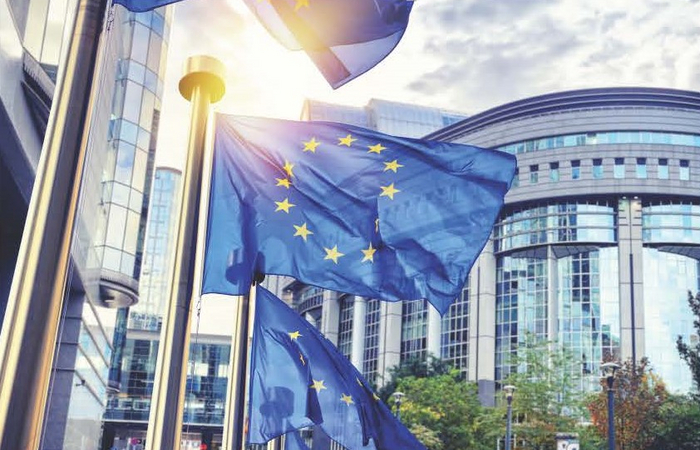The Council of the European Union
briefly explained...
This is the official name of the EU’s council of ministers, which acts as legislator together
with the European Parliament. Alongside the European Council, it is the second
intergovernmental institution of the EU. Depending on the topic of the session, the
Council is composed of the competent national ministers or authorized representatives of
each member state.
The presidency of the Council, in other words the chair of the Council of the European
Union, is a rotating position and is held by each of the 28 member states for six-month
periods. Austria most recently held the presidency in the second half of 2018. This was
the third time since Austria’s accession to the EU in 1995. In addition, the country
currently holding the presidency works together with the previous and following
presidencies to ensure the continuity of the legislative activity. Romania currently holds
the presidency of the Council of the European Union from January 1st to June 30th,
2019, and the country has stated it intends to act as a “neutral mediator”.
The council of ministers passes decisions with a qualified majority in 80 percent of the
cases. Often called a “double majority”, this arises as follows: On one hand, at least 55
percent of the members of the Council (in other words at least 15 member states) must
vote in favor. At the same time, they must collectively represent at least 65 percent of the
population of the Union.
One criticism against this procedure concerns the lack of transparency. The public is
excluded from the meetings of the 28 ministers, meaning that it cannot be determined
whether a minister actually followed the stance of his or her home country. However, the
Council of the EU has frequently blocked controversial ideas or projects of the European
Parliament, thus acting to protect the national interests of the member states.
